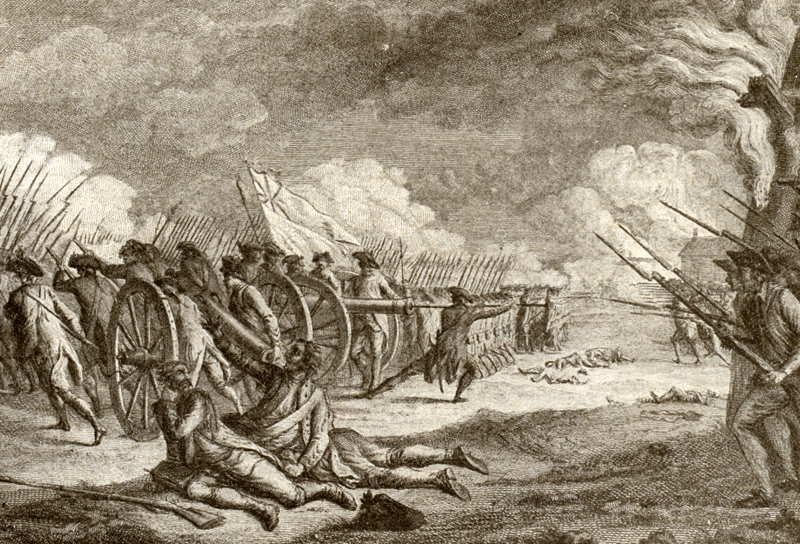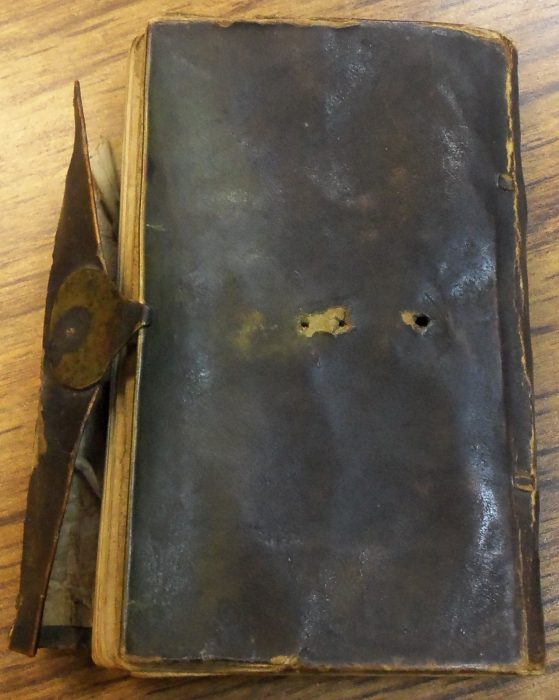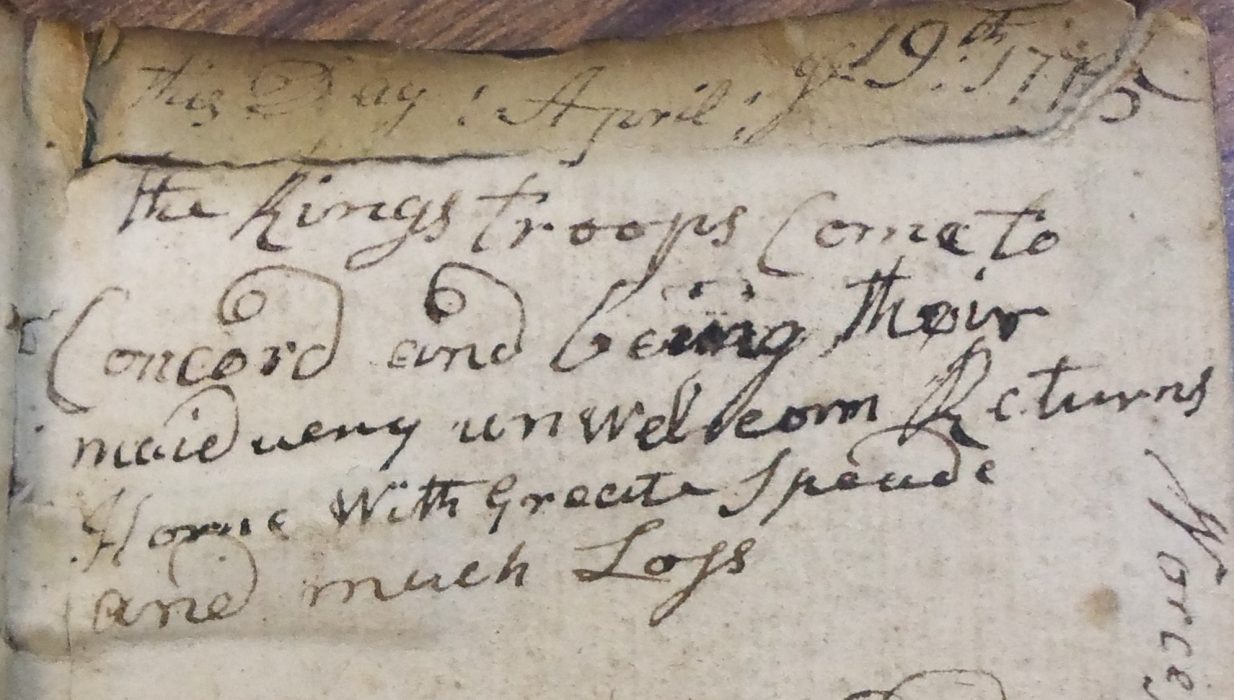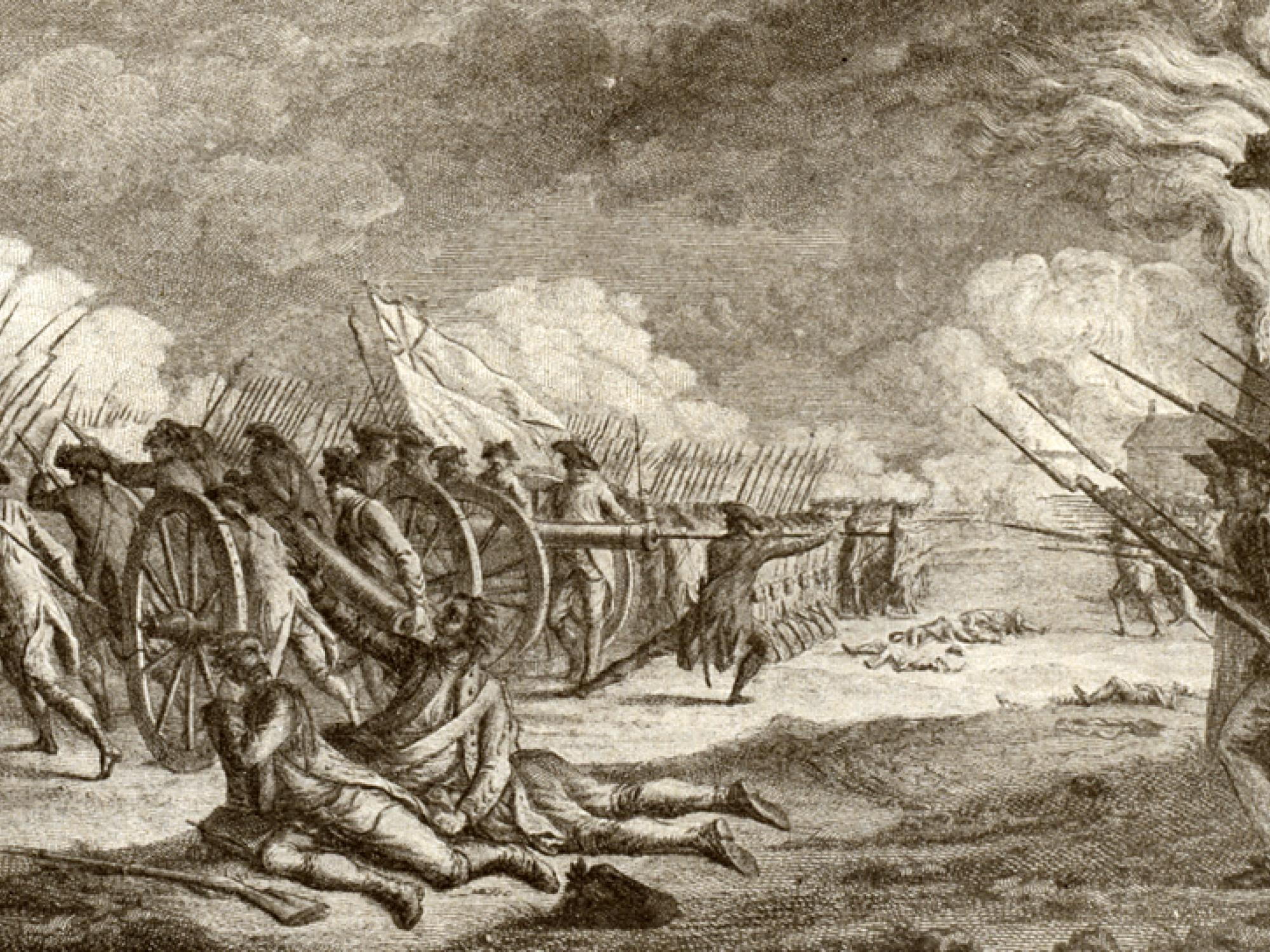Research by Norman Carlson, Chautauqua County Historian

(Engraving of the Battle of Lexington. April 19, 1775. Credit: New York Public Library.)
MAYVILLE, N.Y. —This month marks the 250th anniversary of the outbreak of the American War for Independence, an event that unfolded nearly 400 miles due east of Chautauqua County, but one that still resonates deeply in our local history.
Shortly before midnight April 18, 1775, British troops set out from Boston, then a city about the size of present-day Dunkirk, and advanced toward Concord, Massachusetts, to seize colonial munitions. At Lexington, in the early hours of the 19th, they encountered a group of colonial militia, and the first shots of the Revolutionary War were fired—an event now immortalized as “the shot heard ‘round the world.’” Fierce skirmishes continued throughout the day as colonial militia poured in from surrounding towns, ultimately forcing the British back to Boston under fire.
“Although Chautauqua County was uninhabited frontier at the time, we now know of at least 16 Revolutionary War veterans buried here who responded to the alarm that day,” explained Norman Carlson, Chautauqua County Historian. “Some participated directly in the day’s fighting, while others answered the call but arrived after the action had concluded. Their presence in the county years later speaks to the westward migration of those early patriots and the legacy they carried with them. Sixteen is the best count we have at this time, but it is certainly a minimum and subject to the limitations of available records.”
One quiet but remarkable connection to that day survives in the form of a small, leather-bound pocket notebook kept by Eliakim Garfield of Sutton, Massachusetts.

(This small leather-bound journal, kept by Eliakim Garfield in 1775, is part of the Fenton History Center's permanent collection. It contains a same-day account of the outbreak of the Revolutionary War.)
While Garfield did not witness the fighting himself, he recorded news of the event on the very day it occurred—April 19, 1775—likely hearing it from a rider or messenger in the region’s well-developed patriot communication network. His entry reads: “This Day April ye 19th 1775 the Kings troops Come to Concord and being their maid very unwelcom Returned home with greate speade and much Loss.”

(Garfield’s April 19, 1775 entry reads: “This Day April ye 19th 1775 the Kings troops Come to Concord and being their maid very unwelcom Returned home with greate speade and much Loss.”)
Though brief, the note is a powerful firsthand reflection of how quickly the news spread and how deeply it resonated, even hours after the battle and miles away. Garfield continued to use the notebook from 1771 through 1797. He later moved to Saratoga County, New York, where he died in 1813. His son Joseph Garfield, born in 1780, eventually settled in Busti, New York, around 1820. The notebook passed through several hands before becoming part of the Fenton History Center’s collection in 2012.
“I received it on behalf of the Center in January 2012, and it remains part of Fenton’s permanent collection,” said Carlson. “This humble little journal, now nearly 250 years old, offers a rare and personal glimpse into the very first day of the American Revolution. It’s a reminder that history lives not just in books or battlefields, but in the everyday observations of ordinary people—some of whom would help shape our county generations later.”
Chautauqua County also shares broader historical ties to the Revolutionary era. British General Thomas Gage, commander of British forces in North America during the outbreak of the war, and his second-in-command, General Frederick Haldimand, were both based in Boston during the events of April 1775. Years earlier, however, they had participated in the British siege of Fort Niagara during the French and Indian War—connecting them indirectly to the early military history of western New York. While they did not serve at Fort Niagara in a stationed capacity, their presence in that campaign reflects the broader web of military and political actors tied to our region.
Closer to home, the Town of Gerry in Chautauqua County bears the name of Elbridge Gerry, a Massachusetts patriot and member of the Committee of Safety. Gerry was meeting with fellow committee members at the Black Horse Tavern in Menotomy (now Arlington), Massachusetts, when British troops arrived on the morning of April 19, 1775. Forced to flee out the back of the tavern and hide in the grass, Gerry narrowly avoided capture.
General Joseph Warren, a key figure in the events of April 1775 and later killed at the Battle of Bunker Hill, lends his name to nearby Warren County, Pennsylvania.
These names, stories, and objects help us remember that the first day of the American Revolution was not just a distant chapter in New England history—it echoes in our towns, cemeteries, and museum collections. As we mark this historic anniversary, may we reflect on the courage of those who stood for liberty and recognize how deeply their spirit lives on in Chautauqua County.







